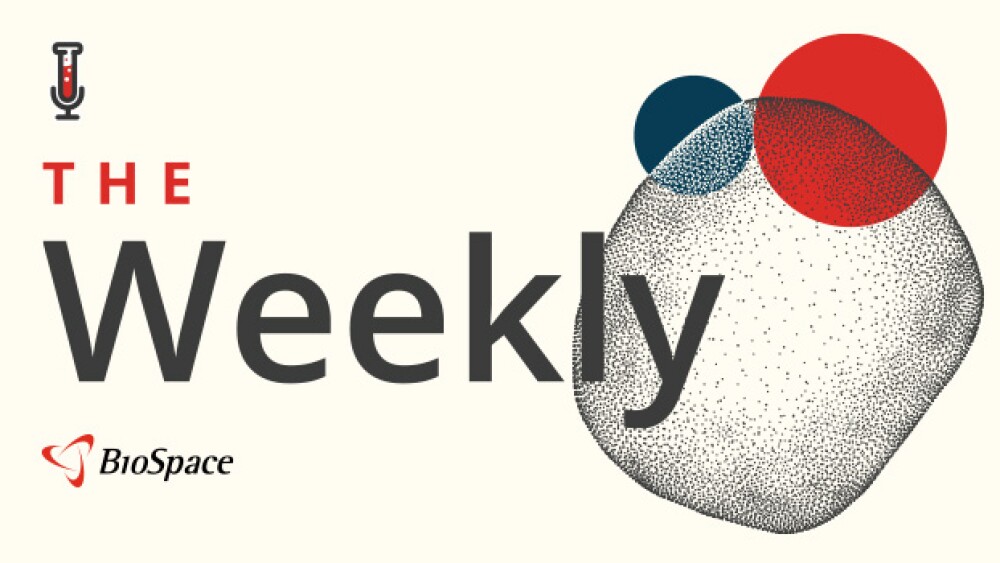MINNEAPOLIS, Aug. 6, 2015 (GLOBE NEWSWIRE) -- Kips Bay Medical, Inc. (OTCQB:KIPS), a medical device company that was focused on manufacturing and commercializing its external saphenous vein support technology, eSVS® Mesh, for use in coronary artery bypass grafting surgery, today provided a business update and announced financial results for its second quarter ended June 27, 2015.
Feasibility Study and Business Update
As previously announced, on June 26, 2015, the Board of Directors of Kips Bay terminated the Company's eMESH I clinical feasibility trial due to poor early angiographic results from a total of 26 enrolled patients who had an eSVS Mesh implanted using a new surgical implant technique approved by the U.S. Food and Drug Administration (FDA) in March 2014. For the past three years, Kips Bay conducted the eMESH I clinical feasibility trial, which was a multi-center, randomized study, the objective of which was to demonstrate to the FDA the initial safety and performance of the eSVS Mesh for use as an external saphenous vein graft (SVG) support device during coronary artery bypass grafting (CABG) surgery. The trial completed enrollment in March 2015 with 106 patients, including 50 patients enrolled with the new surgical implant technique. On May 12, 2015, the Company announced that it had received the results of ten patients who had an eSVS Mesh implanted using the new surgical implant technique and that the SVGs supported with an eSVS Mesh in seven of those ten new technique patients were not patent at the time of their six-month follow-up angiogram and did not perform as well as the unsupported, or control, SVGs in the trial. In light of these results, the Company noted that the angiographic results from the remaining new technique patients would need to be highly compelling to justify a decision by the Company to continue to move forward in seeking U.S. marketing approval for the eSVS Mesh.
In July 2015, following the Company's decision to cease the feasibility trial, the Company voluntarily surrendered its CE Mark, terminated all distributor relationships and ceased all efforts to sell the eSVS Mesh.
Proposed Dissolution and Liquidation
On June 26, 2015, in light of the termination of the feasibility trial, the results of the Company's review of available strategic alternatives and the Company's cash position, the Board of Directors of the Company unanimously approved a voluntary plan of dissolution and liquidation. Of the strategic alternatives available to the Company, the Board of Directors determined that it is in the best interests of the Company and its stockholders to dissolve the Company, wind up its operations and return remaining cash, if any, to its stockholders. The Board of Directors made this decision after completing an exhaustive evaluation of various strategic alternatives available to the Company for enhancing stockholder value, including but not limited to, continued execution of its business plan and further modification of its eSVS Mesh device and implant technique; the sale of the Company or its assets, including its intellectual property portfolio; partnering or other collaboration agreements; and a merger, reverse merger or other strategic transaction.
At the Company's upcoming annual meeting of stockholders scheduled for September 22, 2015, stockholders of record as of July 27, 2015 will be asked to approve the voluntary dissolution and liquidation of the Company pursuant to a plan of dissolution and liquidation.
If the Company's stockholders approve the voluntary dissolution and liquidation, the Company plans to file a certificate of dissolution with the Delaware Secretary of State as soon as reasonably practicable thereafter. From and after such filing, the Company will continue in existence as a non-operating company for purposes of, among other things, settling its affairs and closing its business, selling, disposing of and conveying its property, discharging its liabilities and distributing remaining assets, if any, to its stockholders.
As of June 27, 2015, the Company had cash, cash equivalents and short-term investments of $2.0 million, which the Company anticipates should be sufficient to pay off all of its current and anticipated liabilities and to conduct an orderly wind down of its operations, although no assurance can be provided that the Company will have sufficient cash resources to do so. The Company cannot determine with certainty the amount of any liquidating distribution to stockholders and it is possible that there will be no liquidating distribution to stockholders. The timing and amount of any liquidating distribution will depend upon the actual expenses incurred, the timing of the resolution of matters for which the Company has established reserves, the amount to be paid in satisfaction of contingencies, the Company's ability to convert its non-cash assets to cash and the ultimate amount of proceeds realized upon the sale of its non-cash assets.
If the Company's stockholders approve the plan of dissolution and liquidation, the Company anticipates that the quoting of its common stock on the OTCQB Marketplace will cease and its stock transfer books will be closed at the close of business on the date that the Company files the certificate of dissolution with the Delaware Secretary of State or as soon thereafter as is reasonably practicable. In addition, in order to curtail expenses, the Company intends to file a Form 15 Certification and Notice of Termination of Registration with the Securities and Exchange Commission (SEC) as soon as possible after the filing of the certificate of dissolution to terminate its SEC reporting requirements.
If the Company's stockholders do not approve the plan of dissolution and liquidation, it is highly unlikely that the Company would be able to obtain additional financing under commercially reasonable terms and conditions, or at all, to fund the activities required to entertain other strategic alternatives for the Company and it is highly likely that the Company would be forced at that time to seek an informal dissolution and liquidation of the Company or protection under the U.S. federal bankruptcy laws.
Financial Results
Net sales decreased 48.4% to $16,000 in the second quarter of 2015. Gross profit in the second quarters of 2015 and 2014 was $8,000 and $17,000, respectively. Net loss in the second quarter of 2015 was $1.8 million, or $0.06 per diluted share, compared to a net loss of $1.4 million, or $0.04 per diluted share, in the second quarter of 2014. Net sales for the first six months of 2015 and 2014 were $24,000 and $57,000, respectively, and the Company's gross margin decreased to 50.0% from 54.4%, respectively. The net loss for the first six months of 2015 was $2.7 million, or $0.08 per diluted share, compared to a net loss of $2.9 million, or $0.09 per diluted share, for the first six months of 2014. The decreases in net sales reflect the effects of the Company's January 2015 reorganization in which it eliminated two sales directors and staff positions, instituted salary redu
Help employers find you! Check out all the jobs and post your resume.




